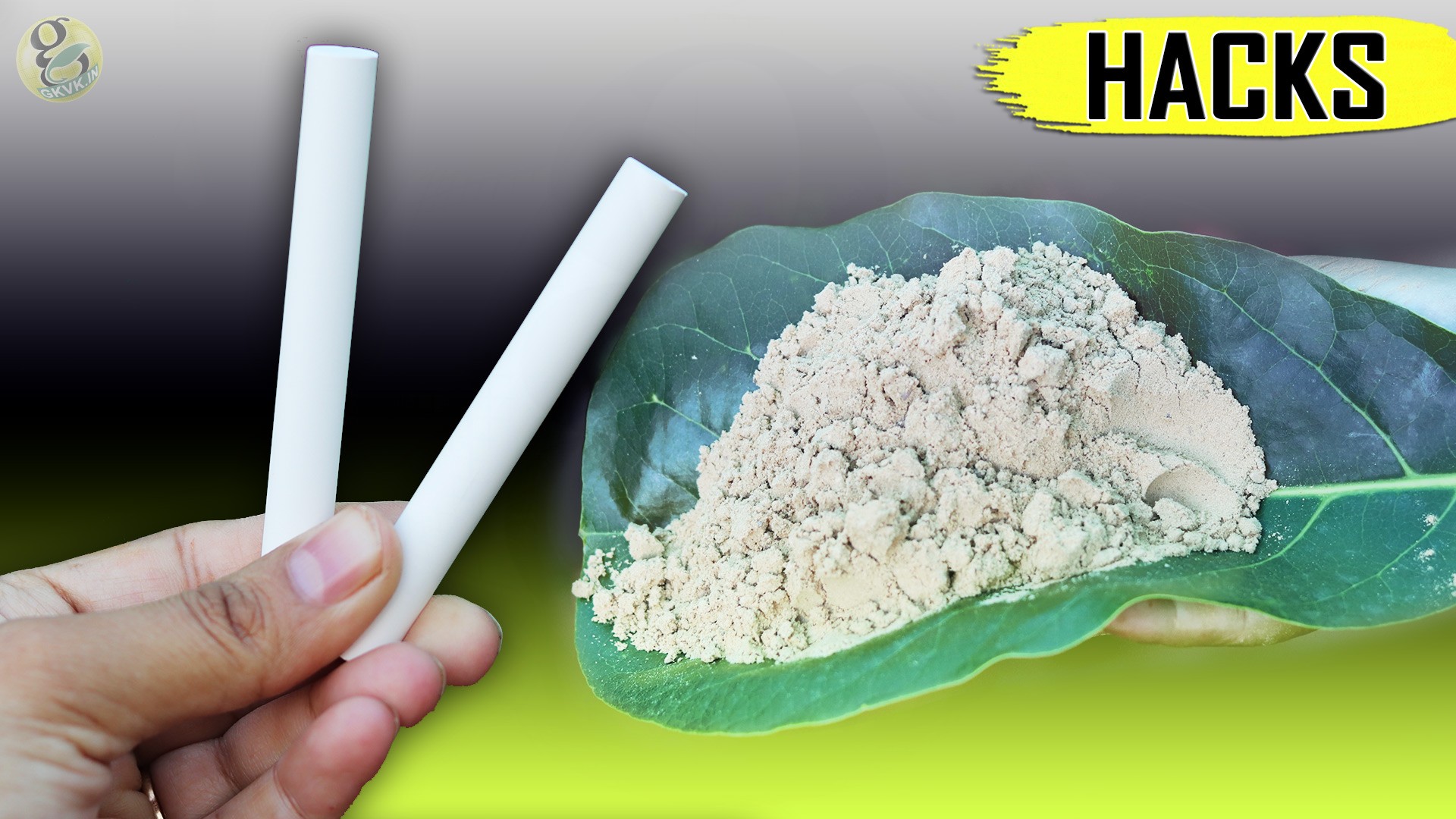- Joined
- Oct 8, 2017
- Messages
- 6,909
- Reaction score
- 5,073
- Location
- Birmingham, AL USA
- Hardiness Zone
- 8a
- Country

I especially liked the #1 bit about mixing lime and vinegar to free plant usable calcium + CO2.

 www.gkvks.com
www.gkvks.com

6 Easy Organic Sources of Calcium to Plants + 2 Gardening Hacks - GKVKs - Gardening Tips and Store
In today’s post we will look into the importance of calcium in gardening and 6 easily availabl
